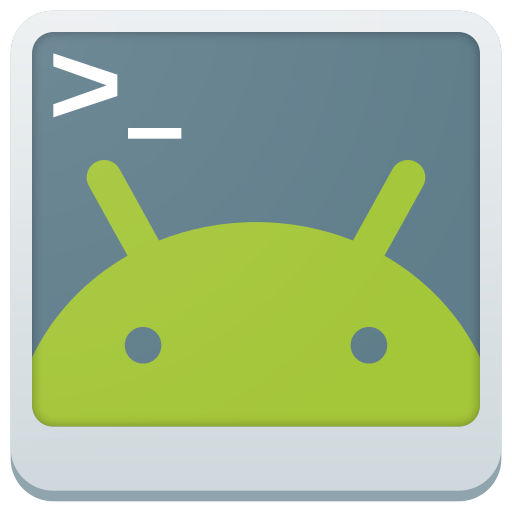
If you wanted to process two jobs at once, you got a second computer. The concept of running a background job, or two applications at once, was unimaginable. Very early computers did even less than this in their idle state, and each program that an early computer ran was essentially its sole purpose for existing, at least while that program (in the form of punch cards) was being executed. Hardware drivers, orchestrated by the kernel, keep fans active to prevent overheating, disk space is monitored, RAM states managed, new devices are detected, and so on. The most basic set of instructions for a computer keeps it powered on. Some are very simple, and others are very complex, depending on the needs of the device it's running. There are specialized kernels for all manner of computational devices.

There are many different kernels out there: long ago, there was a Unix kernel, a Sun kernel, a BSD kernel, and later there came the Linux kernel, the Hurd kernel, a Mach kernel, and an NT kernel.Īnd that's not all of them. When a computer boots up, a kernel recognizes its own physical hardware and enables each component to talk with one another. This article guides you through the terminology of Linux text-based interfaces. They're definitely all related, but there are nuances to each that have important implications. If you're exploring Linux or Unix, you might hear the terms terminal, command line, shell, and console, and you may justifiably be confused about which is which and whether they're the same thing. Linux System Administration Skills Assessment.


#Mac shell emulator download


 0 kommentar(er)
0 kommentar(er)
